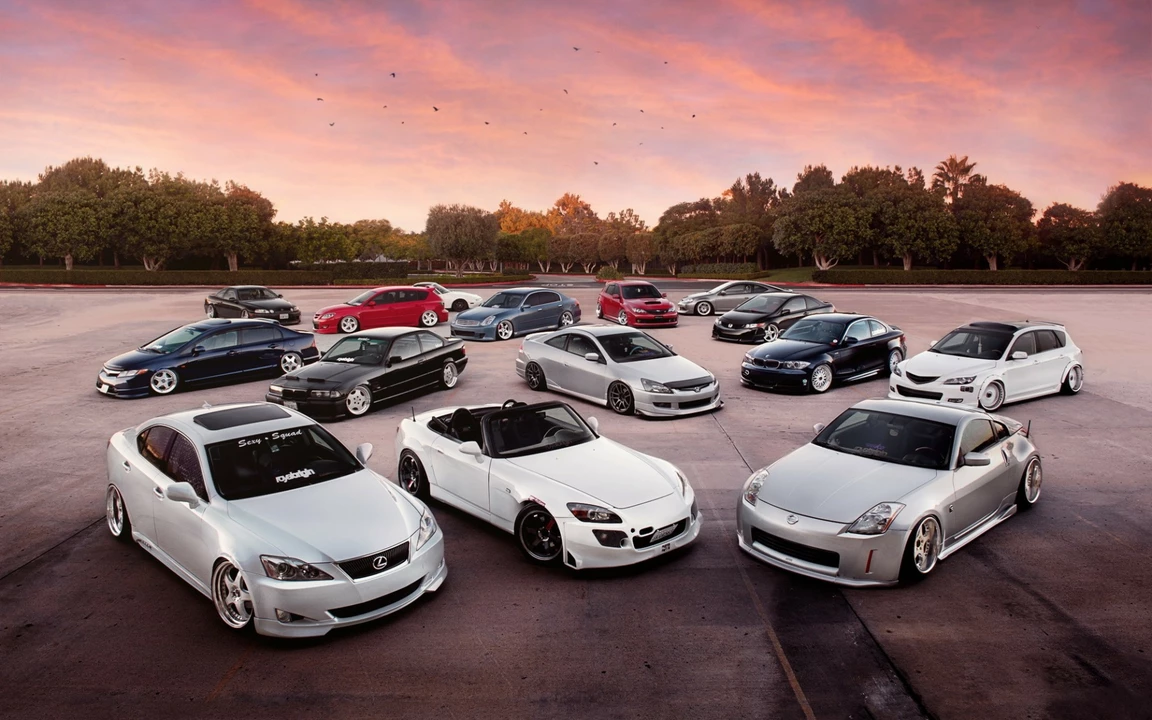Automotive Design & Aesthetics: How to Spot a Beautiful Car
Ever wonder why some cars just catch your eye while others blend into the background? It all comes down to design basics that anyone can notice. In this guide we break down the visual cues that turn a regular vehicle into a work of art.
Key Elements of Car Beauty
First off, proportion matters. A well‑balanced front grille, hood, and rear end creates a sense of harmony. Look for a clear visual line that runs from the headlights to the taillights – it pulls the eye across the whole surface.
Next, think about curves versus sharp edges. Sports cars often use flowing curves to suggest speed, while luxury models may opt for sharper lines to convey precision. Both approaches can be beautiful, but they need to match the brand’s identity.
Materials also play a role. Polished chrome, glossy paint, and carbon‑fiber surfaces reflect light differently, adding depth and texture. When designers pair the right material with the right shape, the car feels more tactile, even from a distance.
Real‑World Examples
Take Aston Martin, for example. Their cars combine sleek silhouettes with elegant curvature. The DB5’s classic shape still feels fresh, while the modern Vantage shows how a bold front fascia can sit perfectly over a muscular rear.
Another case is the Porsche 911. Its iconic round headlights and sloping roofline have been fine‑tuned for decades. The result? A instantly recognizable silhouette that beats out many newer designs on pure visual appeal.
Even everyday models like the Mazda MX‑5 prove that simplicity can be striking. A low stance, a short wheelbase, and a modest but purposeful front end keep the car looking agile without shouting.
When you’re scrolling through a showroom or scrolling online, ask yourself these quick questions: Does the car feel balanced? Are the curves purposeful? Does the material finish add depth? If the answer is yes, you’re looking at a well‑designed, aesthetically pleasing vehicle.
Understanding these basics helps you develop a personal taste. It also makes it easier to spot trends – like the recent move toward “clean” design, where minimal ornamentation lets the shape speak for itself.
So next time you pass a sleek sports car, pause for a second. Notice the proportions, the flow of the lines, and the finish. You’ll start seeing automotive design the way a photographer sees a good composition – as a balance of form, function, and feeling.
Ready to explore more? Dive into our posts on specific brands, design history, and the latest trends shaping the future of car aesthetics.

In my opinion, the car company that produces the most beautiful cars has to be Aston Martin. Their sleek designs and elegant curves make their vehicles truly stand out on the road. From the iconic DB5 to the modern Vantage, each model is a work of art. The attention to detail and craftsmanship is unparalleled, making them not just cars, but true masterpieces. It's hard not to fall in love with an Aston Martin when you see one whizzing past you on the highway.
Continue Reading





